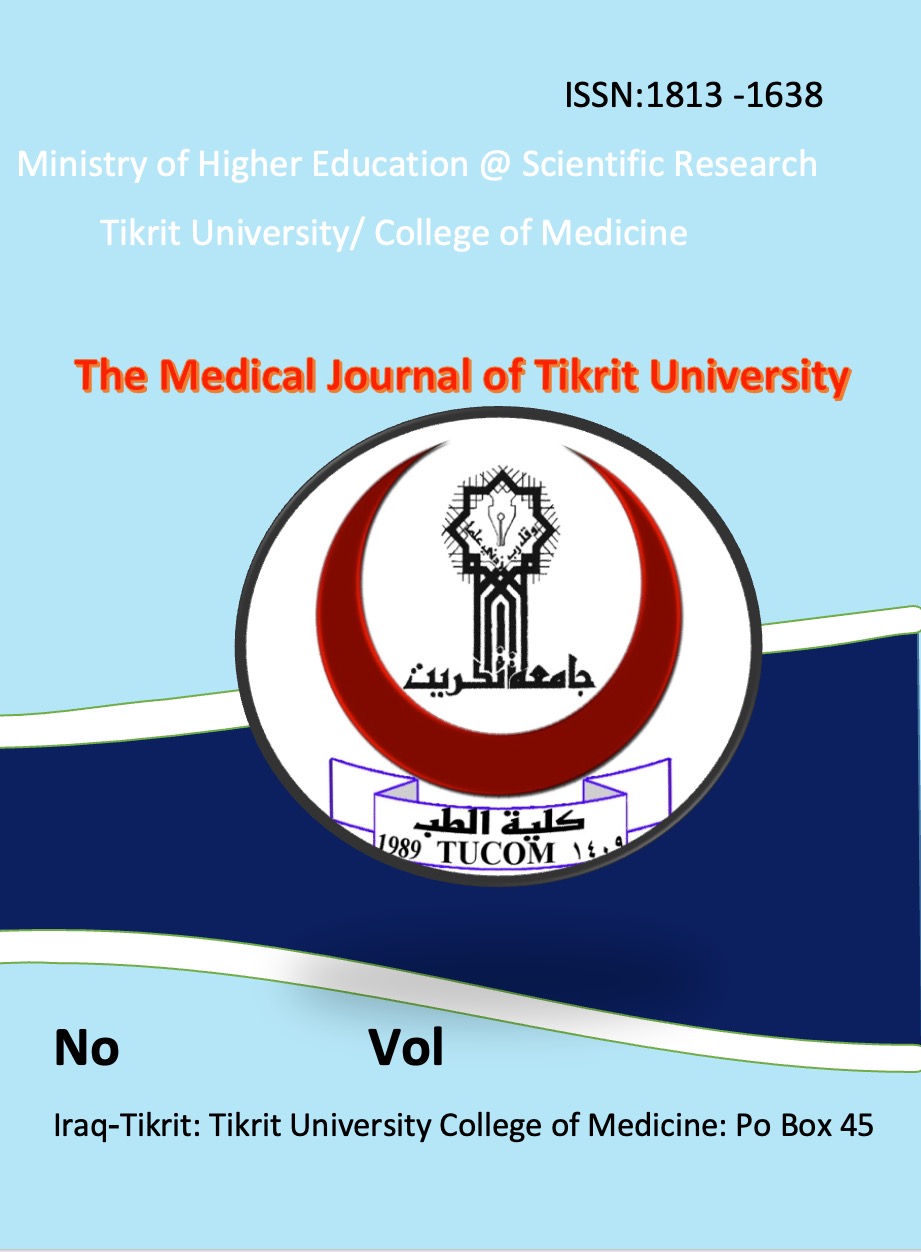Abstract
Background:Preterm birth define as the birth of a fetus before 37 wks of
pregnancy (which normally last from 37- 40 weeks). Preterm birth is a great
problem. It occurs in any socio-economic level countries. It still the main cause
of perinatal disease and death.. The aim of this study is to evaluate the
frequency of preterm labor in Salahuddin general hospital.
Subjects and method:A descriptive cross sectional study involving delivered
women in Salahuddin general hospital (n=151) was conducted during
February 2018. Simple random sampling was used to choose the sample and
self-administered questionnaire to gather information about socio-economic,
demographic characteristics, health status and risk factor for preterm babies.
Results: About 35 deliveries (23.18 %) were preterm deliveries. Among
women with preterm delivery, about four women were below 18 years (44.4%)
and one woman was above 35 years (6.7%). Concerning the spacing between
the last pregnancy and the previous one, in about eight women with preterm
delivery spacing was below 2 years and it was above 5 years in one woman.
First pregnancy was reported in nine women with preterm delivery. Eleven
preterm newborns were females (31.4%) and 24 were males (68.6%). In
regard to health problems in preterm newborns, 13 newborns had respiratory
problem (37%), 4 preterm newborns had poor feeding (11%), 3 newborns had
cyanosis (9%), 2 newborns had jaundice (6%), 2 newborns (6%) had low
APGAR score, and 11 (31%) were with no detected problem. In regard to birth
weight, 18 preterm babies were with a birthweight <2500 grams.
Conclusion: 1. About 23.18% of all deliveries in Salahuddin general hospital
which were taken in the sample were preterm delivery.
2. Emergency Cesarean section delivery was the most common type of labour
in preterm delivery compared with those with full term delivery where elective
CS was more common.
3. Premature delivery is risk factor for low birth weight.
pregnancy (which normally last from 37- 40 weeks). Preterm birth is a great
problem. It occurs in any socio-economic level countries. It still the main cause
of perinatal disease and death.. The aim of this study is to evaluate the
frequency of preterm labor in Salahuddin general hospital.
Subjects and method:A descriptive cross sectional study involving delivered
women in Salahuddin general hospital (n=151) was conducted during
February 2018. Simple random sampling was used to choose the sample and
self-administered questionnaire to gather information about socio-economic,
demographic characteristics, health status and risk factor for preterm babies.
Results: About 35 deliveries (23.18 %) were preterm deliveries. Among
women with preterm delivery, about four women were below 18 years (44.4%)
and one woman was above 35 years (6.7%). Concerning the spacing between
the last pregnancy and the previous one, in about eight women with preterm
delivery spacing was below 2 years and it was above 5 years in one woman.
First pregnancy was reported in nine women with preterm delivery. Eleven
preterm newborns were females (31.4%) and 24 were males (68.6%). In
regard to health problems in preterm newborns, 13 newborns had respiratory
problem (37%), 4 preterm newborns had poor feeding (11%), 3 newborns had
cyanosis (9%), 2 newborns had jaundice (6%), 2 newborns (6%) had low
APGAR score, and 11 (31%) were with no detected problem. In regard to birth
weight, 18 preterm babies were with a birthweight <2500 grams.
Conclusion: 1. About 23.18% of all deliveries in Salahuddin general hospital
which were taken in the sample were preterm delivery.
2. Emergency Cesarean section delivery was the most common type of labour
in preterm delivery compared with those with full term delivery where elective
CS was more common.
3. Premature delivery is risk factor for low birth weight.
Keywords
Birth
newborns
preterm
Salahuddin general hospital
